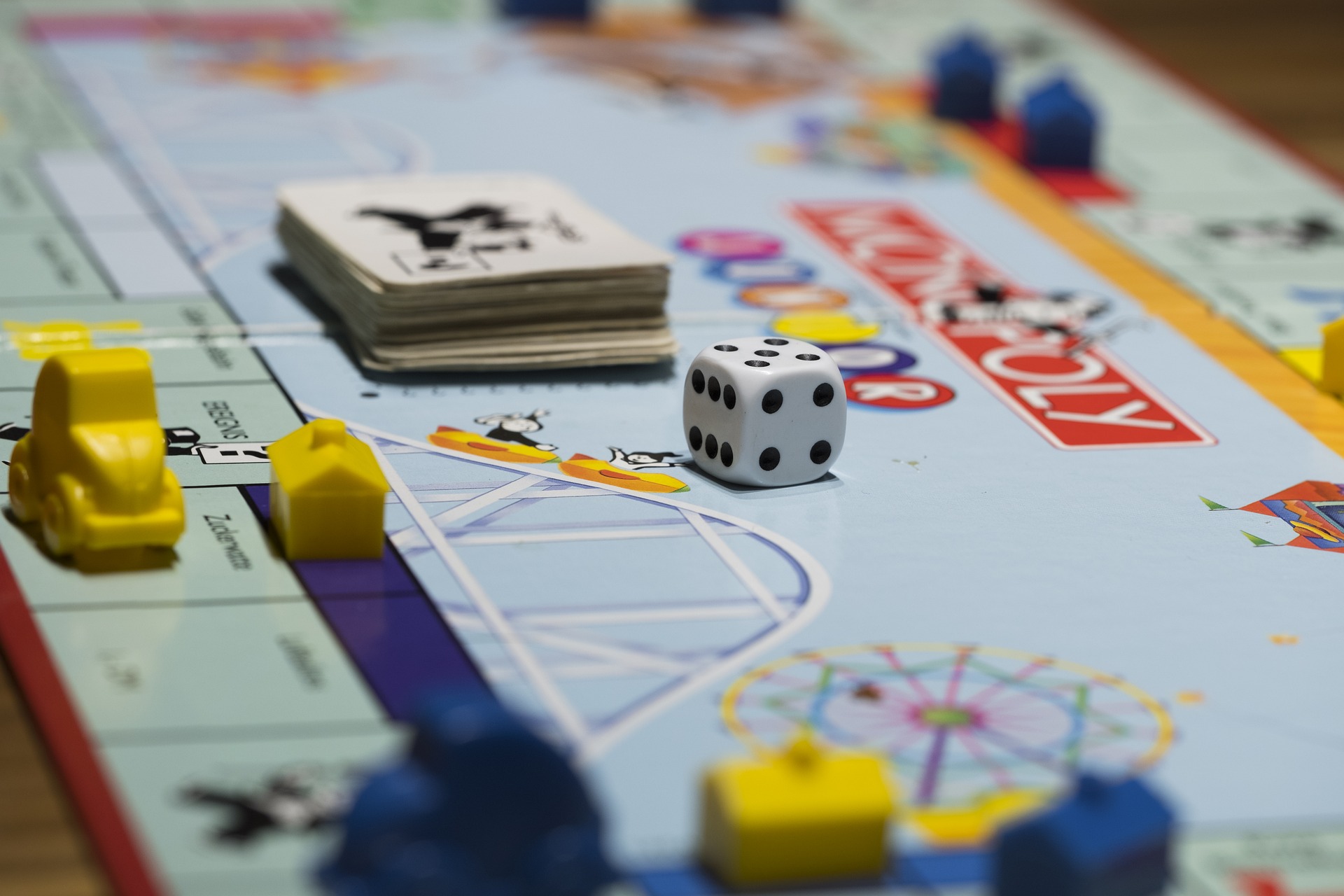TL;DR: Wargames are a great way to learn about history and warfare on all levels in a simple, safe, easy to setup environment.. This is a multi-post series that presents some wargames. This is the introductory article. You can find the rest of the series here:
- Part 1: Introduction
- Part 2: Historical Wargames
- Part 3: Tactical Wargames
- Part 4: Operational Wargames
- Part 5: Strategic Wargames
- Part 6: Conclusion
Professional military education is a continuous process that doesn’t end at command. When you stop learning, you stop being relevant. A leader’s limited time and the high demands of this profession make it hard to find opportunities to learn on the job. The junior officer or NCO looking to improve his tactical skills has to do it on their own time. Another problem is how we make decisions. Formalized military decision-making is designed for staff work, is time consuming, and ill-suited for the tactical environment. In his paper How We Decide* USMC Major John F. Schmitt states that “the Corps’ focus on analytical decisionmaking in its schools leaves Marines ill-prepared for leading in the real world.” He further states that decisionmakers in a variety of fields use the analytical approach (formalized decision-making processes) less than 10% of the time and trust their gut for the rest. He concludes “the Marine Corps must start to develop intuitive decision making skills among its leaders.”
Wargames are a great tool to hone intuitive decision making. The Prussians starting using wargames in the 19th c. to prepare for conflicts against the Danish, Austrians, French, and Allied Powers in WWI. The UK Western Approaches Tactical Unit (WATU) used wargames to counter German submarine operations in the Atlantic and protect convoys (WATU did an incredible job and could serve as an example for any military on how to conduct proper study of tactics and translate them into actionable lessons learned, see here for more on the WATU). The US Navy used wargames in its conduct of the war in the Pacific. In fact, Admiral Nimitz commented in 1960: “During the war, the war with Japan had been re-enacted in the game rooms here by so many people and in so many different ways that nothing that happened during the war was a surprise—absolutely nothing except the kamikaze tactics towards the end of the war; we had not visualized those.”
These organizations had the benefit of time, space, and resources in their simulations. The same benefits are often unavailable to the motivated officer or NCO who wants to study and practice in his free time. Fortunately, the civilian market offers a myriad of computer and board games that serve this very purpose. Indeed, commercially available wargames often do a better job of simulating war than those designed by the military, as researcher Philip Sabin notes in his book Simulating War .
Commercial wargames are cost-efficient compared to military equivalents. Most wargames cost between 80-250€. Considering they provide insight, learning, professional development, and entertainment potentially for years, this is inexpensive. They are also convenient, with most games fitting into a small box. They can be quickly set up and left during breaks. Finally, they can be applied in a very specialized way, to simulate different levels of war and different situations, teaching tailored lessons every use.
The greatest discriminator for wargames is between computer-based and tabletop-based games. Both fulfill a different purpose and can be complementary. Computer wargames are great at simulating the fog of war and the command environment that a military leader faces. Computer games‘ weakness is a tendency for micromanagement and too much detail.
Tabletop wargames, on the other hand, are good for studying situations in-depth and top-down. This allows for a greater focus on behaviors and outcomes, emphasizing the human dimension of war just as much as the technological aspect. Board games also require us to learn a system of rules, providing the gamer insights into war and competition from the start.
War games can be used to simulate different levels of war: tactics, operational art, and strategy. Wargames are a great way to learn about history by doing rather than just reading. That’s a unique experience, as players come to understand why things happened the way they did by facing the same dilemmas as the decision makers of the period.
The following articles will introduce several wargames that lend themselves for self-study. They are organized according to what can be mainly studied with them, i.e. history, tactics, operational art, or strategy. Obviously, it would be best to have at least one human (best case: experienced and knowledgeable) opponent to play with, but the games that I have chosen usually lend themselves to solo-play just as well.
*This link seems not to work anymore. It has gotten harder and harder to gain access to this document. I am leaving the link in the hopes that it will be available under this URL in the future.
